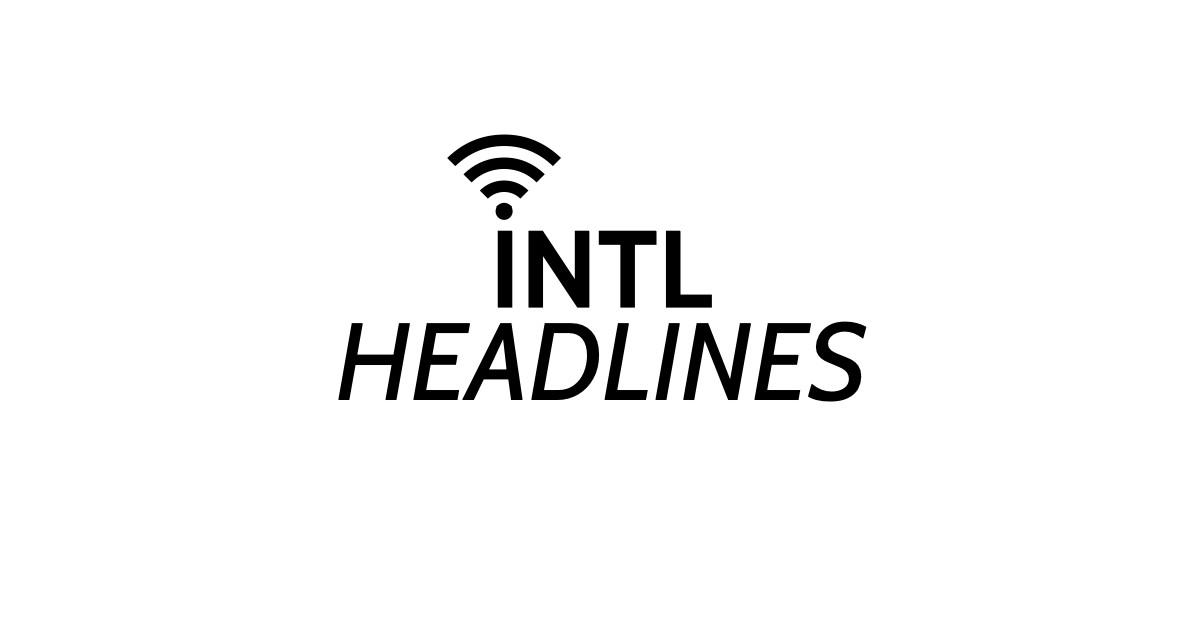WASHINGTON – The spectre of inflation is rearing its head once more in the United States, sparking anxieties after a period of relative calm. While inflation has dipped in recent months, some economists warn of potential factors that could reignite price hikes, leaving consumers and policymakers on edge.
A Brief Respite, But Concerns Linger
The Federal Reserve’s aggressive interest rate hikes in 2023 successfully dampened inflation, which peaked at a scorching 9.1% in June 2023. By December, the year-on-year inflation rate had fallen to a more manageable 3.2%. However, some economists warn that this reprieve may be temporary.
“The battle against inflation is far from over,” cautions Dr. Amelia Ramirez, a leading economist at Georgetown University. “While the Fed’s actions have had a positive impact, underlying factors like supply chain disruptions and ongoing geopolitical tensions could easily push prices upward again.”
One major concern is the persistence of supply chain disruptions. The COVID-19 pandemic exposed vulnerabilities in global supply chains, leading to shortages and price hikes for various goods. While some bottlenecks have eased, ongoing issues like port congestion and the war in Ukraine continue to cast a shadow.
“If these disruptions worsen, it could lead to renewed shortages and price increases,” explains Dr. Ramirez. “Consumers may see the cost of everyday items rise, putting a strain on household budgets.”
Wage-Price Spiral: A Potential Threat
Another risk factor is the potential for a wage-price spiral. As workers demand higher wages to keep pace with inflation, businesses may raise prices to cover their increased costs. This cycle can become self-perpetuating, pushing inflation ever higher.
“While wage growth is crucial, it needs to be balanced with productivity increases,” says Dr. Ramirez. “Otherwise, businesses will have no choice but to raise prices, further eroding purchasing power.”
The Fed’s Balancing Act
The Federal Reserve faces a delicate balancing act. Raising rates too aggressively could stifle economic growth, potentially leading to a recession. However, keeping rates too low could reignite inflation. The Fed will be closely monitoring economic data to determine the appropriate course of action.
Consumers, weary of the recent inflationary period, are adopting a cautious approach. Many are being more mindful of their spending and prioritising essential items. This shift in consumer behaviour could help dampen inflationary pressures, but it could also indicate a potential economic slowdown.
The future trajectory of inflation in the US remains uncertain. While the recent decline offers a welcome respite, the underlying risks suggest the possibility of renewed price hikes. The Federal Reserve’s actions, the evolution of global supply chains, and wage-price dynamics will all play a crucial role in determining whether inflation remains subdued or resurges.

